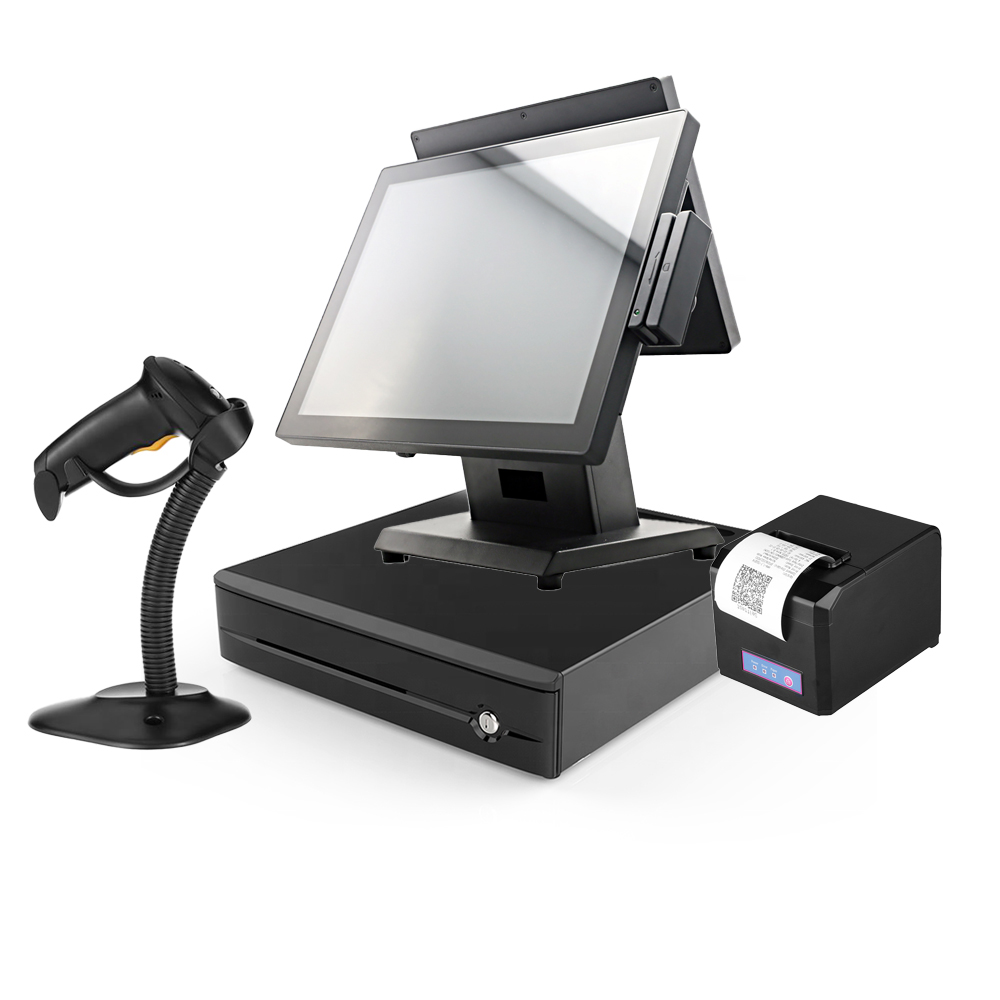Exactly How POS System Works: A Comprehensive Guide for Organization Owners

Understanding the Parts of a POS System

How Sales Purchases Are Processed
When a client determines to make an acquisition, the sales purchase launches a collection of methodical actions within the POS system. The cashier inputs the items being purchased, which are scanned via a barcode viewers or by hand entered. This activity recovers product information, consisting of rates and applicable tax obligations, from the system's database.Next, the client exists with the complete quantity due. The POS system then processes the repayment, whether through cash, credit history card, or mobile repayment techniques (Restaurant POS Software). For electronic repayments, the POS securely connects with repayment cpus to license and validate the transaction.Once the settlement is verified, the system creates an invoice, which can be printed or sent out digitally. This receipt acts as receipt for the consumer. The purchase information is tape-recorded in the system, making certain precise sales documents and monetary monitoring for the service.
Inventory Administration and Tracking

Efficient stock management and tracking are crucial parts of a POS system, as they ensure that companies keep optimal supply levels and decrease inconsistencies. A durable POS system enables real-time stock updates, mirroring returns and sales instantaneously. This allows entrepreneur to keep an eye on supply levels precisely, making certain that popular products are conveniently available while stopping overstocking of less preferred products.Additionally, advanced POS systems supply features such as automatic supply alerts and reorder suggestions, simplifying the purchase process. Barcoding and RFID innovation improve accuracy in tracking stock activity, reducing human mistake. Considerable reporting tools give insights into supply turn over prices, aiding companies make informed decisions regarding buying and product offerings. Eventually, reliable stock monitoring via a POS system not just enhances operational efficiency however likewise improves client fulfillment by guaranteeing item availability.
Examining Consumer Information and Insights
Client information analysis functions as a powerful device for organizations utilizing a POS system (Restaurant POS Software). By examining and gathering transaction information, services can reveal important insights about client behavior and preferences. This evaluation enables them to recognize acquiring trends, peak shopping times, and preferred products, thus notifying stock decisions and advertising and marketing strategies.Additionally, organizations can sector their customer base, allowing for individualized advertising and marketing initiatives that satisfy details demographics or purchasing routines. Understanding consumer loyalty patterns likewise helps in establishing targeted promos and rewards programs.The data gleaned from a POS system can also disclose insights right into client responses, enabling companies to make educated choices relating to item offerings and solution renovations. Eventually, leveraging customer data effectively can improve the overall buying experience, foster client complete satisfaction, and drive profits growth
Advantages of Implementing a POS System

Regularly Asked Questions
What Kinds Of Organizations Can Take Advantage Of a POS System?
Numerous businesses gain from a POS system, including retail shops, dining establishments, hair salons, and e-commerce platforms. These systems streamline transactions, supply monitoring, and customer information, enhancing functional performance and enhancing client experience across varied industries.
How Much Does a POS System Normally Expense?
The cost of a POS system typically varies from a couple of hundred to numerous thousand bucks, depending on attributes, hardware, and software program. Organizations must think about recurring charges for upkeep, assistance, and purchase processing when budgeting.
Can I Incorporate a POS System With Existing Software Application?
Incorporating a POS system with existing software application is frequently practical. Many systems supply APIs or integrated compatibility functions, enabling go to this site companies to simplify operations and improve performance by attaching different software application applications successfully.
What Training Is Needed for Personnel to Use a POS System?
Educating for team to make use of a POS system typically consists of understanding software application capabilities, processing deals, managing supply, and managing customer this link interactions. Practical demos and hands-on method sessions boost effectiveness and self-confidence being used the system successfully.
What Takes place if the Web Goes Down While Utilizing a POS System?
Transactions might be interrupted if the net goes down during POS system use. Many systems provide offline abilities, permitting standard procedures to continue, however complete performance, consisting of real-time stock updates, will certainly be restricted. A Point of Sale (POS) system is composed of a number of crucial elements that work together to handle and promote transactions organization procedures. Efficient inventory monitoring and tracking are vital parts of a POS system, as they ensure that companies preserve perfect stock levels and lessen disparities. Consumer data analysis serves as a powerful tool for organizations utilizing a POS system. Recognizing client loyalty patterns also helps in creating targeted benefits and promos programs.The data obtained from a POS system can additionally expose understandings right into consumer responses, allowing services to make informed choices pertaining to item offerings and service improvements. Executing a POS click this link system uses countless benefits that can significantly improve service procedures.